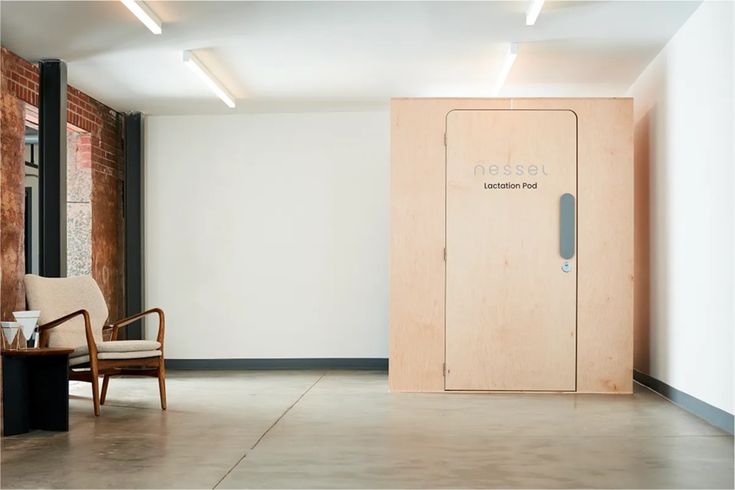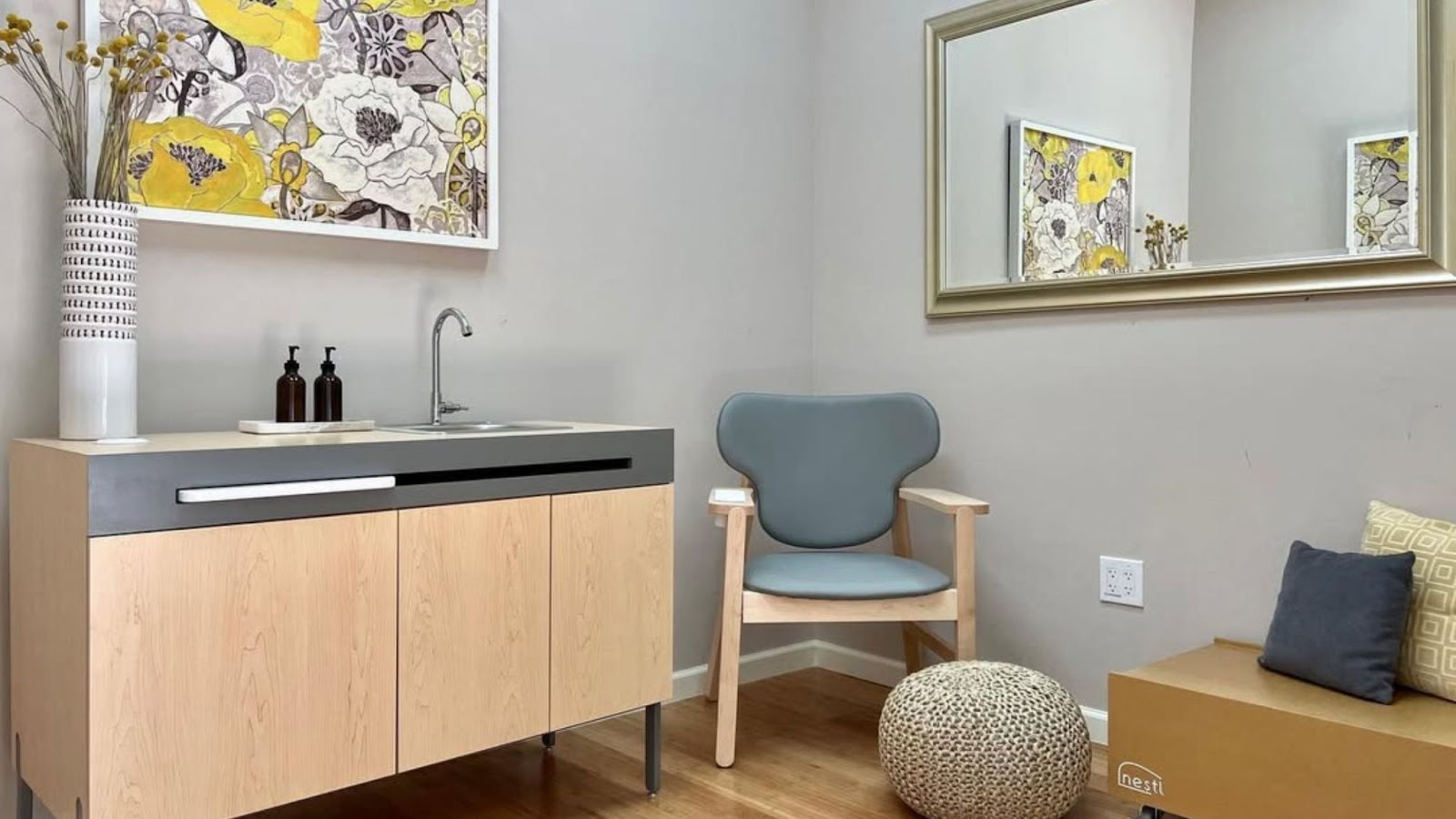Returning to work after maternity leave is a significant milestone for many new mothers. It marks the beginning of a new chapter—balancing the demands of a career with the responsibilities of motherhood. While this transition can be challenging, one workplace feature that can make a substantial difference is the availability of a dedicated lactation room with properly designed lactation room furniture. A well-equipped lactation room not only supports a mother’s decision to breastfeed but also fosters a work environment that values wellness, inclusivity, and long-term employee retention.
A Space to Continue Breastfeeding with Dignity
Breastfeeding is recommended by health organizations such as the American Academy of Pediatrics and the World Health Organization for at least the first year of a baby's life. However, without access to a private and hygienic space to pump breast milk during the workday, many mothers may feel pressured to wean earlier than they’d like. A lactation room empowers mothers to continue breastfeeding according to their personal goals and medical advice, rather than external limitations.
Having a dedicated space removes the stress and discomfort of finding makeshift pumping locations—such as restrooms, cars, or storage closets—none of which offer the privacy, cleanliness, or comfort needed for effective pumping. This seemingly small workplace amenity sends a powerful message: your health and your baby’s well-being matter.
Improved Mental and Emotional Health
Returning to work can trigger a complex mix of emotions for new mothers: guilt, anxiety, excitement, and apprehension, just to name a few. Knowing there is a private, quiet, and comfortable space to express milk during the day can significantly reduce stress and support emotional well-being. It helps mothers feel seen and supported by their employer, which boosts confidence and mental health.
In fact, having this kind of support in place can ease the transition back to work and reduce the risk of postpartum depression, which can be exacerbated by the stress of returning to a work environment that doesn’t accommodate lactation needs.
Enhanced Productivity and Focus
When mothers have to worry about where and when they’ll pump during the workday, it creates unnecessary distractions. A designated lactation room streamlines this process. When pumping becomes a predictable, supported part of the daily routine, it reduces mental load and enables mothers to focus more fully on their work responsibilities.
Moreover, maintaining a breastfeeding schedule can reduce time taken off due to infant illness, as breastfed babies often experience fewer infections and illnesses. This benefits both the employee and the employer through fewer disruptions to work schedules.
Greater Employee Loyalty and Retention
Companies that provide lactation rooms demonstrate a clear commitment to supporting working mothers, which can significantly increase employee loyalty and reduce turnover. In a competitive labor market, such benefits help organizations attract and retain top talent. Women who feel their workplace supports their life as a parent are more likely to return after maternity leave and remain with the company long-term.
This investment in employee wellness translates to higher morale, lower recruitment costs, and a more inclusive and equitable workplace culture.
Complying with Legal Requirements and Going Beyond
In the U.S., the Providing Urgent Maternal Protections (PUMP) for Nursing Mothers Act requires employers to provide a private space—other than a bathroom—for employees to express breast milk. But going beyond the minimum legal requirements with a thoughtfully designed lactation room, complete with a comfortable chair, table, electrical outlet, refrigerator access, and calming décor, shows a deeper level of care. Nessel’s Lactation Station and Lactation Chair are a great place to start when designing a lactation room.
This extra effort reflects positively on a company’s values and can enhance its reputation as a family-friendly employer.
Returning to work post-maternity leave is a pivotal and often emotional experience. When a lactation room is available, it creates a bridge between professional responsibilities and personal well-being. It allows mothers to return with confidence, knowing their needs are supported. Beyond compliance, a lactation room is a tangible expression of a workplace culture that respects and uplifts working parents—a win for families, businesses, and society at large.
%404x.png)




%404x.png)
